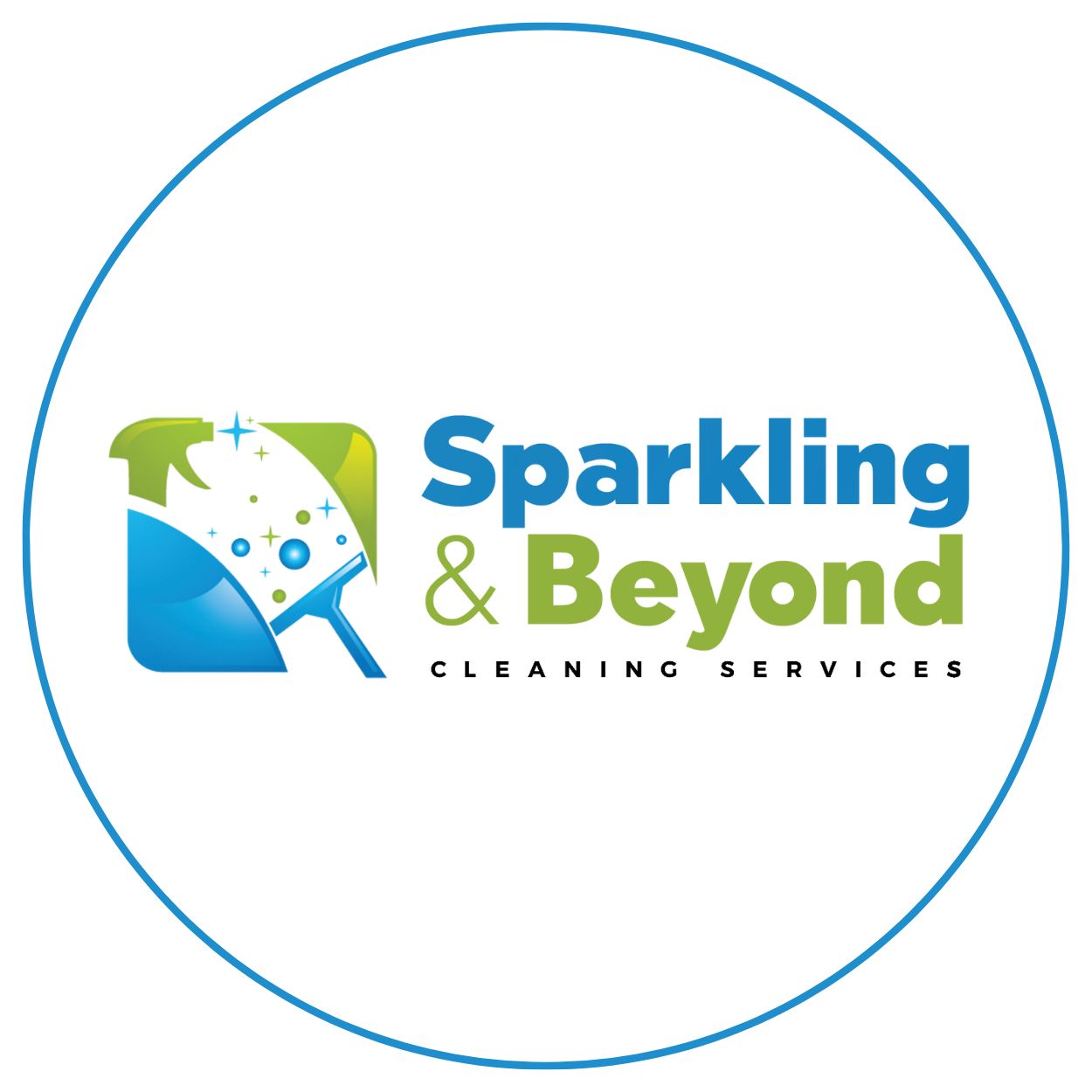Indoor mold growth is an inevitable problems that any homeowners have to deal with. It can grow anywhere ranging from predictable places like bathrooms, kitchen cabinets to supposedly impediment places for mold

Indoor mold growth is an inevitable problem that any homeowners have to deal with. It can grow anywhere ranging from predictable places like bathrooms, kitchen cabinets to supposedly impediment places for mold development like books, CDs,…. The hidden, dark, damp environmental conditions allowing mold to thrive unstoppably is also a hindrance for us to quickly discover indoor mold before it becomes too big to handle. Therefore, we normally notice an area of mold only when it let itself to be noticed.
Mold can not only damage any surfaces that it grows on but also cause several serious risks on physical well-being. In addition, in some cases, it even leaves unpleasant odors in the house.
When mold reproduces and spreads in your house, you are likely to go for the most abrasive cleaning solutions ( for instance: chlorine bleach) that promise to instantly kill it. However, is it appropriate to use bleach to kill mold and which cautions should you bear in mind?
This article will provide sufficient and insightful answers to both questions and the way to kill mold effectively with chlorine bleach.
Household bleach is an ideal cleaning solution if you want to destroy indoor mold in minutes. Biocides contained in household bleach products have a great ability to kill living organisms. Bleach is made of 80% of water and 20% of other chemical substances. Mold loves water. When absorbing bleach, it absorbs its food source and its predators as well. That’s how the cleaning process works. However, bleach only works well for mold cleanup on non-porous surfaces. Due to the chemical structure of bleach, it is unable to reach to porous surfaces where the membrane of the mold actually lives and reproduces. That means the mold has a large potential to return and grow its colony even after the surface is vividly free of mold.

Note: Never use bleach in conjunction with any ammonia-containing cleaning solutions or detergents because hazardous fumes can be released.
Before you clean, take a moment to prepare yourself. Put on gloves, masks and eye safety goggles. Wear a comfortable, non-restrictive shirt and pants. This will shield you from bleach and any hazardous mold strains.
Now, you are ready to jump in the mold-killing task.
Preparing the bleach solution. The bleach-to-water ratio for mold is ¼ to ½ cup of bleach to 1 gallon of water.
Fill an empty spray bottle with the mixture and spray a generous amount of the mixture to the problematic areas. Let it sit for about 3 to 5 minutes.
Use a sponge, rag or brush to scrub the wall with the diluted bleach solution.
Let it air dry or you can remove any remaining bleach solution with plain water after 10 minutes.
Note: Throw away clothes and sponges or any cleaning suppliers that you use to scrub the mold.

Despite the fact that the effectiveness of using bleach to kill indoor mold is undeniable, we don’t recommend using bleach for mold removal. When it comes to getting rid of mold in your house, just keep the bleach as the last option for the following health-related reasons:


Killing indoor mold can become a big chore and requires a substantial amount of elbow grease if it is not addressed immediately and thoroughly. While bleach works effectively on nonporous surfaces, it can not solve the root of the problem and inhibit the chance of mold return on porous surfaces. Fortunately, you can use a wide variety of at-home options to successfully combat mold growth.
Although the killing-mold task is not too difficult to handle, we do understand that not everyone is familiar with this battle. If this is your case, don’t panic when noticing mold growth in your home. Call us on 415-966-1101 immediately and all problems will be solved.Visit our website for more insightful information and cleaning methods.

As the admin of Sparkling & Beyond, I bring a wealth of knowledge and passion for excellence in the cleaning industry. With years of experience in providing top-notch cleaning solutions, I am dedicated to sharing valuable insights and tips to help maintain pristine and healthy living environments. My mission is to ensure every home and office we service sparkles with cleanliness and comfort.
![]()